Iso gaki, a unique type of oyster from Japan’s coastal regions, offers a distinct experience that sets it apart from the more common farmed varieties. Known for its rich flavor and seasonal availability, it’s a delicacy worth discovering. Keep reading to explore what makes isogaki so special and why it’s a must-try for seafood lovers.
What is Iso gaki?
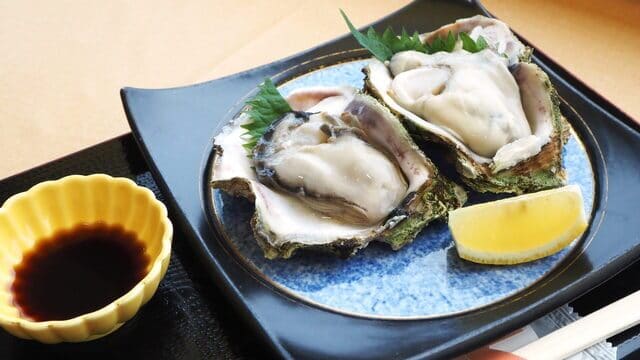
Iso gaki (磯ガキ) in Japan refers to wild rock oysters or wild Japanese oysters that grow naturally along rocky seashores (磯, iso). Unlike farmed oysters, locals do not cultivate iso gaki but instead thrive in the clean, mineral-rich waters of Japan’s coastal areas. They’re typically larger and more flavorful than their farmed counterparts, prized for their rich umami and creamy texture.
On the Pacific coast, there is a place where you can enjoy seasonal rock oysters – the Ioka area in Asahi City, Chiba Prefecture. In this region, they are known as “isogaki” (shore oysters) because they grow on shallow wave-breaking blocks rather than the seabed. These oysters are notable for their large size, as only those that have been growing for 7 to 8 years are harvested. I had the pleasure of trying the isogaki course meal at Country House Tsuberi.
Seasons of Iso gaki
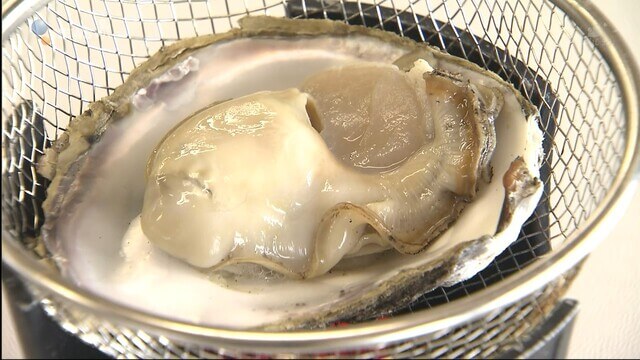
Iso gaki, being wild and less abundant than farmed oysters, considered a seasonal delicacy. Often featured in high-end seafood restaurants or local specialty eateries during their peak season. Available from spring to early summer, particularly from May to July, they contrast with the typical winter season for farmed oysters.
Different ways of Cooking Iso gaki

Raw Oysters
The meal starts with raw oysters, garnished with grated daikon, chopped spring onions, and a squeeze of lemon. The oysters are so large that it’s impossible to finish them in one bite. When you take a bite, a rich, milky flavor spreads in your mouth, offering a unique depth rarely found in other oysters.
Grilled Oysters
Next, is the grilled oysters. The flesh firms up slightly during grilling, but because the oysters are large, the black mantle (gaito-maku) doesn’t pose an issue. The heat brings out the sweetness, enhancing the flavor of the flesh.
Oyster Rice
The final course is oyster rice made with smaller oysters. The rice absorbs the oyster’s broth, enhancing its umami flavor. The simple seasoning allows the oysters to shine, while the firm texture of the mantle adds a delightful contrast.
Summary

In conclusion, iso gaki offers a truly unforgettable taste of Japan’s coastal heritage. Its unique flavor and seasonal nature make it a rare treat that’s worth seeking out. If you find yourself in Japan during the peak season, typically from spring to early summer, be sure to seek out iso gaki at a local seafood restaurant or specialty eatery. Don’t miss the chance to buy some iso gaki and experience its rich, ocean-fresh taste firsthand.
If you enjoyed learning about iso gaki, be sure to explore other unique Japanese seafood delicacies, such as fresh uni (sea urchin) or succulent anago (saltwater eel), for even more unforgettable culinary experiences.

 3 weeks ago
25
3 weeks ago
25
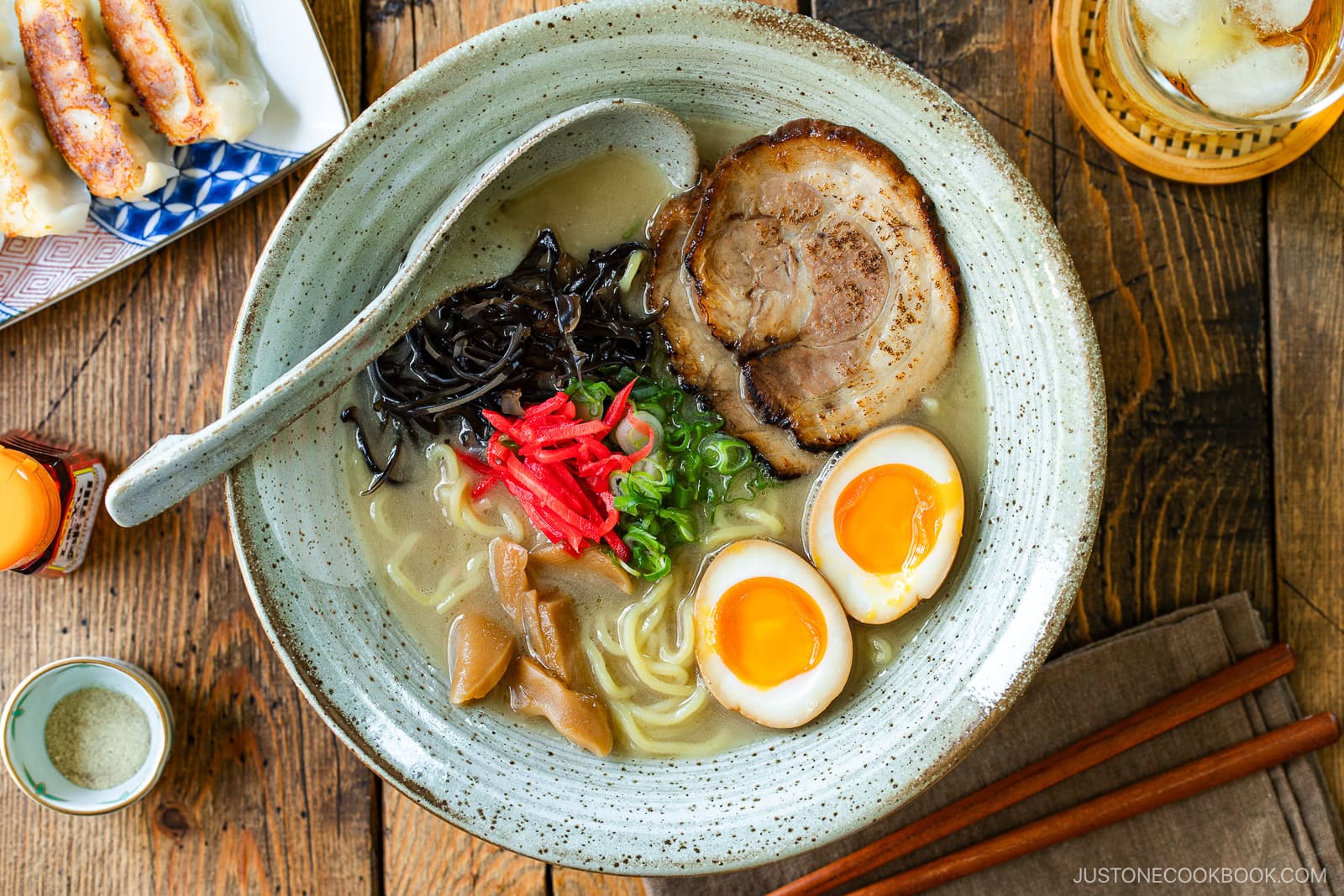

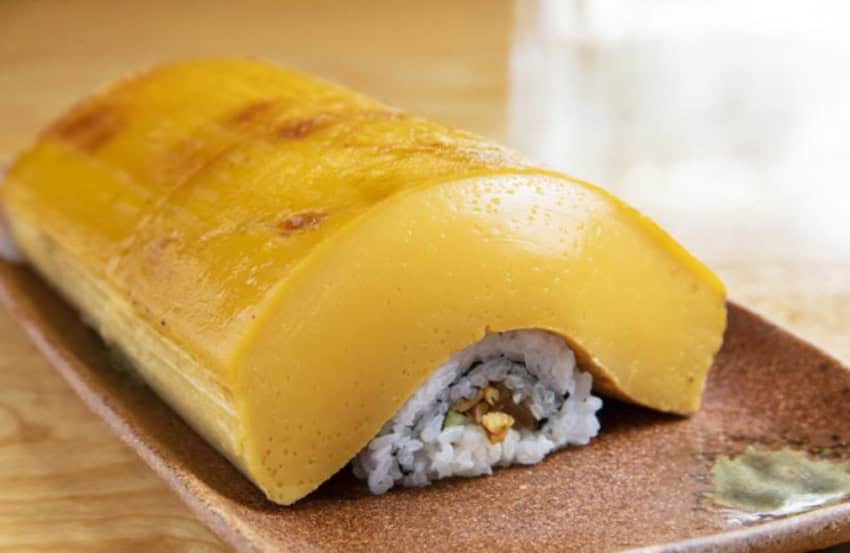
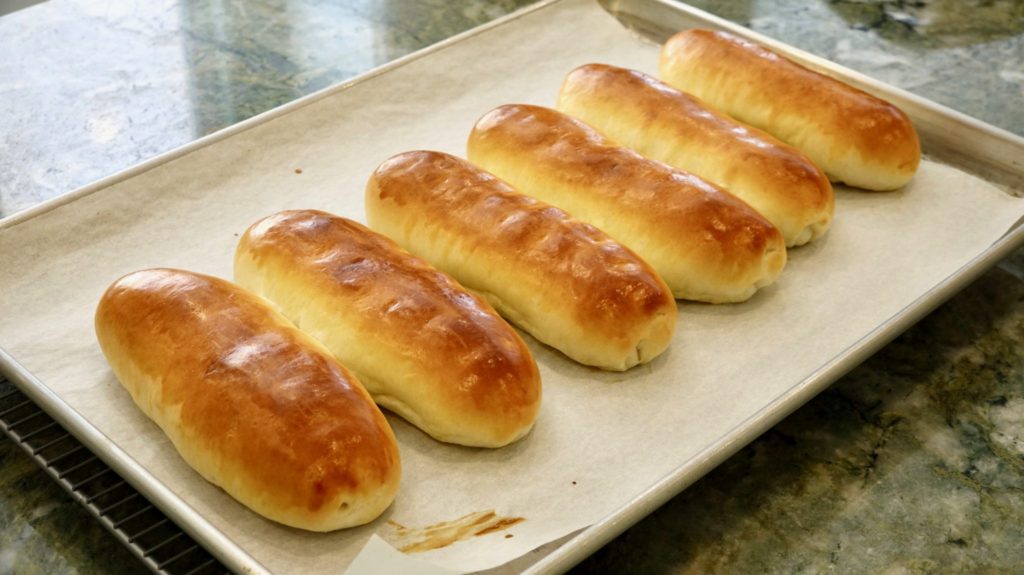






 English (US) ·
English (US) ·